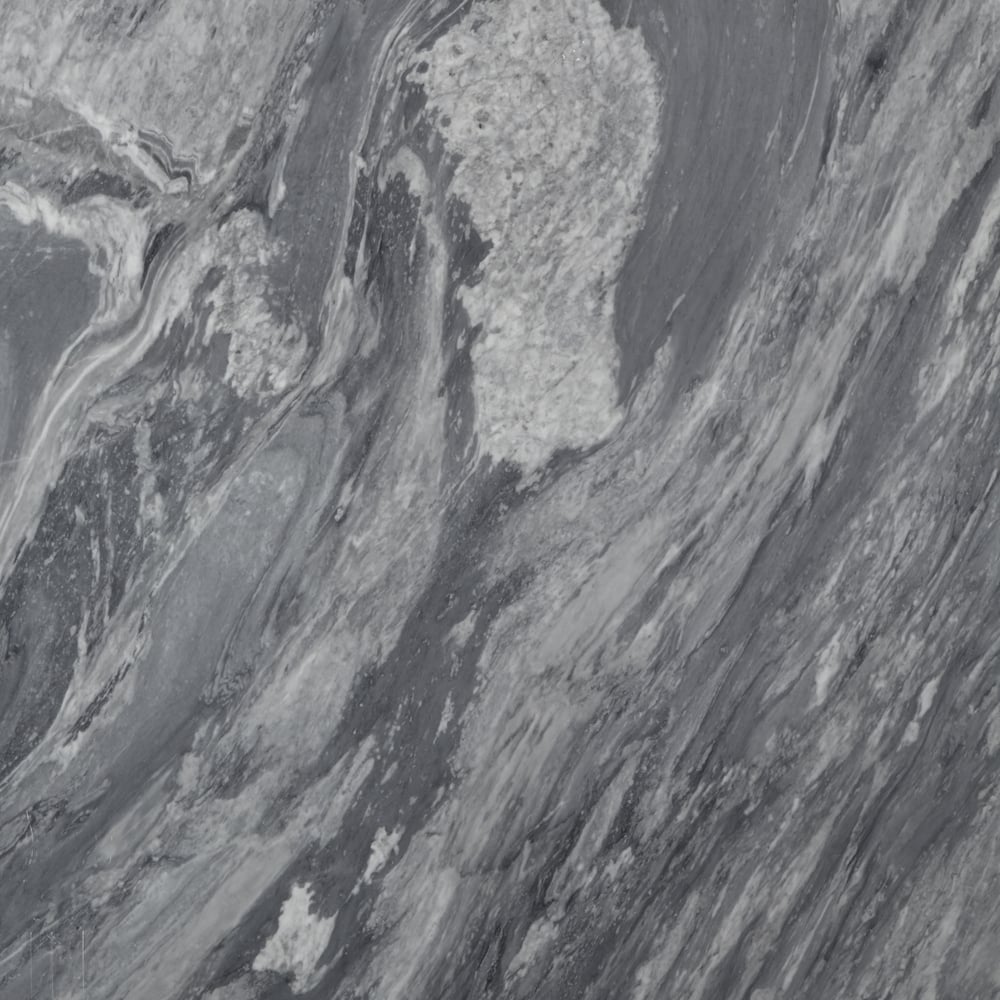
Marble is one of the oldest and most classically beautiful natural stones, formed from limestone exposed to huge amounts of pressure within the earth. It’s been popular for a very long time, dating all the way back to Ancient Greece and ancient Rome.
The Ancient History of Marble
Much like today, marble drew in the Ancient Greeks and Romans with its striking beauty—but it was much harder to acquire then. To get it out of the earth, they used hammers and wedges, and this took a lot of manpower and time. After the marble slab was freed, they used pulleys, winches, levers, and wooden beams to get it where they wanted it to go.
Since it was so difficult to come by, marble was a material used in the mansions of the extremely wealthy. It could also be found in churches and government buildings.
In these establishments, marble was commonly used for figurines, pillars, and flooring. It was used for so many applications because of the unique colorations available due to the presence of varied minerals. For example, calcite typically creates white marble, hematite creates red, and limonite creates green and yellow.
Marble in the Present
Society began building with marble over two thousand years ago, but it’s still just as prevalent today—maybe even more so than back then. Its sophisticated and unique aesthetic is appreciated all over the world.
Since the method of acquiring marble has advanced significantly, it’s not just for the ultra-rich anymore. Now you can find marble all over—in homes, commercial spaces, and places of worship in the form of flooring, walls, and countertops.
The Beauty of Marble
If you’re interested in variety, marble is the stone to choose. People today enjoy its diverse coloration options, just like the Ancient Greeks and Romans did.
Installing marble in your home brings an air of luxury and high-class living. Because of the way marble takes advantage of natural light, a pure white slab has the potential to create a bright, striking kitchen in a modern home.
But white is far from the only option. There are many colorations, shades, and veining patterns to choose from, all of which are capable of creating different moods in a remodeled room. Because marble is created from within the earth, every slab is unique.
Marble Benefits
The beauty of marble goes much deeper than the surface. This natural stone is long-lasting, as made clear by the thousand-year-old structures that still stand today. If the marble columns of the Parthenon are still standing in 2022, there’s no doubt that your marble countertop will last.
While some people shy away from the price that comes with marble, it’s important to view this stone as an investment. Just look at how long it can last—clearly, you won’t have to pay to replace your countertop in the near future. That alone will give you a return on your upfront investment. Marble countertops can also increase the resale value of your home, which is another way to pay yourself back.
Maintaining Marble
In order to help marble’s beauty stand the test of time, it involves a degree of maintenance that’s a bit higher than other natural stones. First up on the maintenance list is making sure that your marble slab is sealed and gets resealed periodically. Marble is a very absorbent stone, and this coat of sealant helps protect it from liquid damage, along with any potential chipping.
Acid is no friend to marble. Never use acidic cleaners when maintaining your slab—instead, use gentle dish detergent (or soap), warm water, and a soft cloth. Also, be aware that spills from substances like red wine have the potential to stain your stone.
Marble’s Past, Present, and Future
Marble, once reserved for only the rich, can now be enjoyed by people of all statuses around the world. If you’re interested in learning more about this classic natural stone, contact Washington Marble Works to talk to our experts.
